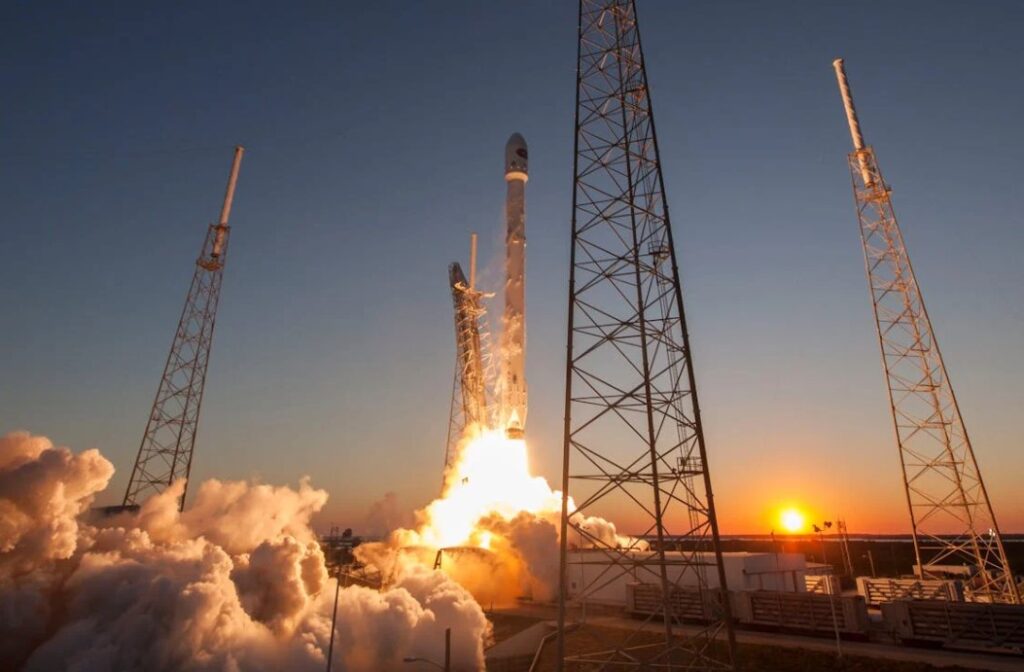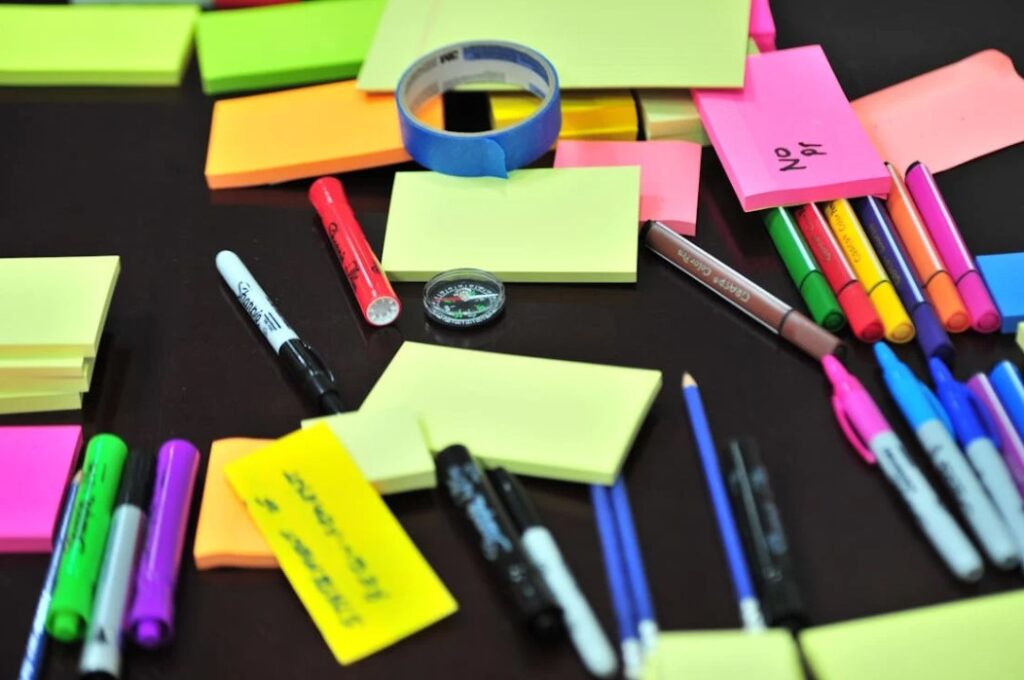The Learning From Failure in Business
We all love a good success story, the genius idea, the perfect pitch, the product that changed everything. But here’s the truth: behind almost every great innovation is a long, messy trail of failures.
Failure doesn’t mean you’re off track. Sometimes, it’s the clearest sign you’re on the verge of discovering something better. In fact, some of the world’s most innovative minds didn’t just learn to accept failure. They built with it.
Let’s dive into why failure is essential for innovation, and look at some real-world examples where things went wrong… before they went incredibly right.
1. Failure is Feedback in Disguise
When something doesn’t work, it’s not just a dead end – it’s data. Every failed attempt gives you a clearer picture of what’s not working, why it’s not working, and where to go next.
Case Study: James Dyson

James Dyson famously built 5,127 failed prototypes over five years before he created the first functional Dyson vacuum. Every prototype taught him what didn’t work, materials that cracked, motors that overheated, filters that clogged.
Instead of getting discouraged, Dyson treated each version as an experiment. By the time he got to the final design, it was bulletproof, not because he guessed right, but because he learned from everything that went wrong.
Takeaway: If you reframe failure as information, not shame, you unlock the path forward. It’s not “I failed”. It’s “That method didn’t work. What’s next?”
2. Failure Builds Resilience (and Better Teams)
Working on something that keeps breaking can be frustrating, but also incredibly bonding. When teams weather failure together and still keep going, they develop deeper trust, humility, and grit.
Case Study: SpaceX Falcon 1

In 2006, 2007, and 2008, SpaceX launched its Falcon 1 rocket. And each time, it failed. Explosions. Loss of signal. Engine issues. After the third failure, the company was almost bankrupt.
But instead of giving up, Elon Musk’s team regrouped. They analyzed telemetry data, fixed engineering issues, and stayed committed. On the fourth attempt, the rocket reached orbit.
That one success didn’t just prove the tech, it proved the team. Today, SpaceX is a leader in commercial spaceflight. And many of the engineers from those early failures are still leading missions today.
Takeaway: Failure under pressure reveals who’s ready to build something great, and who’s just along for the ride.
3. Failure Forces You to Rethink Everything
Sometimes failure means your whole idea, your entire premise, is wrong. That can feel crushing. But it also opens the door to a better, more unexpected idea.
Case Study: Post-it Notes

In the 1970s, Spencer Silver, a chemist at 3M, was trying to invent a super-strong adhesive. Instead, he created a very weak one, something that could stick but easily peel off. No one wanted it.
But a few years later, another 3M employee, Art Fry, used the glue to keep bookmarks from slipping out of his hymn book at church. That “failed glue” became the secret sauce behind Post-it Notes, now a billion-dollar brand.
Takeaway: Sometimes your “wrong” idea is just waiting to meet the right problem.
4. Failure Removes Ego and Makes Space for Humility
When things go perfectly, it’s easy to think you’re a genius. When they don’t, you’re forced to listen, learn, and collaborate. That mindset is what keeps innovation moving.
Case Study: Google Glass
Google Glass was hyped as the next evolution in wearable tech. But it flopped badly. The design was awkward, the use case unclear, and people were uncomfortable being filmed in public.
But instead of scraping the idea, Google shifted its focus. They redesigned Glass not for consumers, but for industrial and medical settings, where hands-free info and head-up displays are a real asset.
Now, Glass is helping doctors during surgeries and warehouse workers navigate complex systems.
Takeaway: Failure is humbling, but humility makes room for better questions, better collaboration, and better solutions.
5. Failure Isn’t the End—It’s a Version Update
Most success stories don’t happen on the first try. They happen on version 5.0, 17.2, or attempt 4,986. Each failure is just a bug fix on the way to something more refined.
Case Study: WD-40

The name WD-40 stands for Water Displacement, 40th formula. Why? Because the first 39 versions failed. It was the 40th attempt that finally created the magic mix we now use to fix squeaky doors, rusty bolts, and even stuck zippers.
The company didn’t try once. Or ten times. They kept testing, adjusting, and learning until they landed on the formula that worked. Then they built a business around it.
Takeaway: Failures aren’t final, they’re just previous drafts.
Final Thoughts
Failure is the messy middle between an idea and its best version. It’s the place where doubt and discovery live side by side.
So instead of fearing failure, invite it. Welcome it. Build with it. Because the world doesn’t need more perfect plans, it needs people willing to try, fall, rethink, and try again.
The future belongs to the curious, the stubborn, the inventive, and yes, the ones who fail forward.
Failure is not the end, but the beginning of something smarter.







